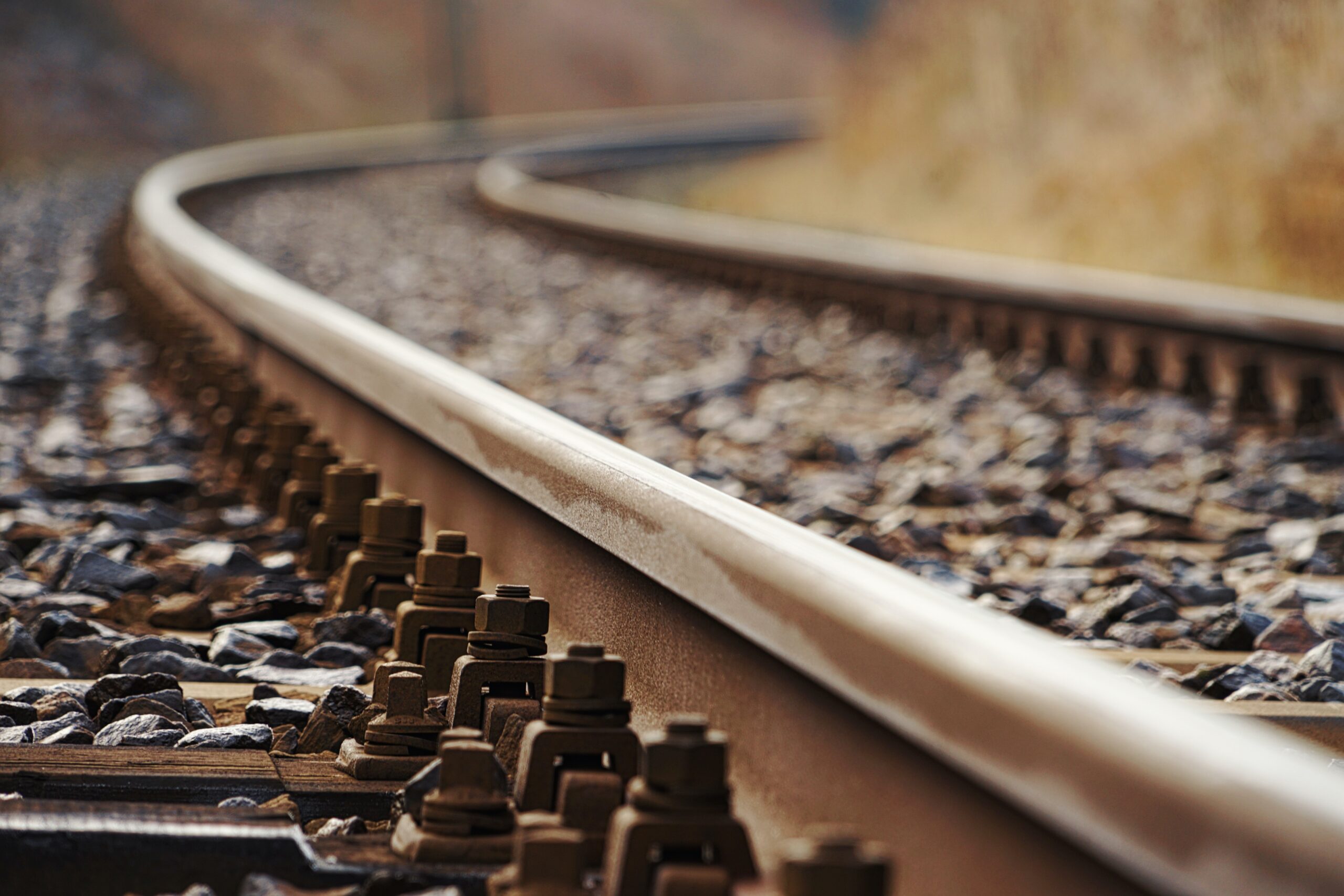Bumping Posts Explained
In the grand scheme of rail transportation, a host of elements work together to ensure the smooth, safe, and efficient movement of goods and passengers. From the massive engines that power the trains to the intricate signaling systems that govern their movement, each component plays a crucial role. Among these elements are the seemingly modest but incredibly essential devices known as bumping posts. So, what are bumping posts for rails, and why are they so important?
Understanding Bumping Posts
In simple terms, bumping posts, also known as railway buffers or railcar stoppers, are protective barriers installed at the end of railway tracks. They serve a critical purpose – to prevent railcars from rolling off the track end or overshooting their stop. Essentially, they are the final line of defense, acting to absorb the impact from an incoming railcar, safely bringing it to a halt.
Bumping posts come in various designs and are made of different materials, depending on their intended use. The most basic design is a cast steel post that relies on its sheer mass and strength to withstand the impact from a railcar. However, modern rail systems may utilize more sophisticated energy-absorbing bumping posts that use friction or hydraulic methods to dissipate the kinetic energy from a moving railcar.
The choice of bumping post depends on several factors, including the weight of the railcar, the slope of the track, and the maximum permissible speed at the track end.
Types of Bumping Posts
While the basic function of a bumping post remains the same – to stop a railcar – there are several types of these devices, each with its unique design and features.
1. Friction Bumping Posts
Friction bumping posts use a series of friction shoes that slide against the rail upon impact, converting the kinetic energy of the moving railcar into thermal energy. This design allows for a gradual and controlled stop, minimizing damage to the railcar and the bumping post.
2. Hydraulic Bumping Posts
Hydraulic bumping posts operate similarly to friction posts, but they use hydraulic resistance to absorb the kinetic energy. They provide a smoother and more controlled stop than friction posts, making them ideal for higher speed applications or where sensitive equipment or fragile goods are involved.
3. Cast Steel Bumping Posts
Cast steel bumping posts are the simplest and most traditional form of bumping posts. They are robust and durable, capable of withstanding high impact forces. However, they do not offer the same level of controlled stop as friction or hydraulic bumping posts, which can lead to greater wear and tear on the railcar and the track.
Importance of Bumping Posts
Bumping posts may seem like a minor component in the grand scheme of a rail system, but their role is critical.
1. Safety
Without bumping posts, there’s a significant risk of railcars overshooting their stop or rolling off the end of the track, leading to potentially dangerous situations. These accidents could endanger lives, cause considerable property damage, and disrupt rail operations.
2. Damage Prevention
Bumping posts act as a safeguard to prevent derailments and subsequent damage to railcars, tracks, and nearby equipment or infrastructure. They absorb and dissipate the force of an incoming railcar, reducing the risk of derailments and damage.
3. Operational Efficiency
Bumping posts also contribute to operational efficiency. They enable precise positioning of railcars at loading or unloading stations, ensuring smooth operations. By providing a physical stop, railcars can be accurately aligned with docks or material handling systems, reducing time spent on loading/unloading.
Conclusion
In conclusion, while bumping posts for rails might not be the most glamorous component in a railway system, their role is indispensable. They are the silent guardians at the end of the tracks, protecting lives, property, and ensuring the smooth operation of rail transport. As the industrial sector continues to evolve and place more emphasis on safety and efficiency, the importance of these humble bumping posts is set to grow even further.
